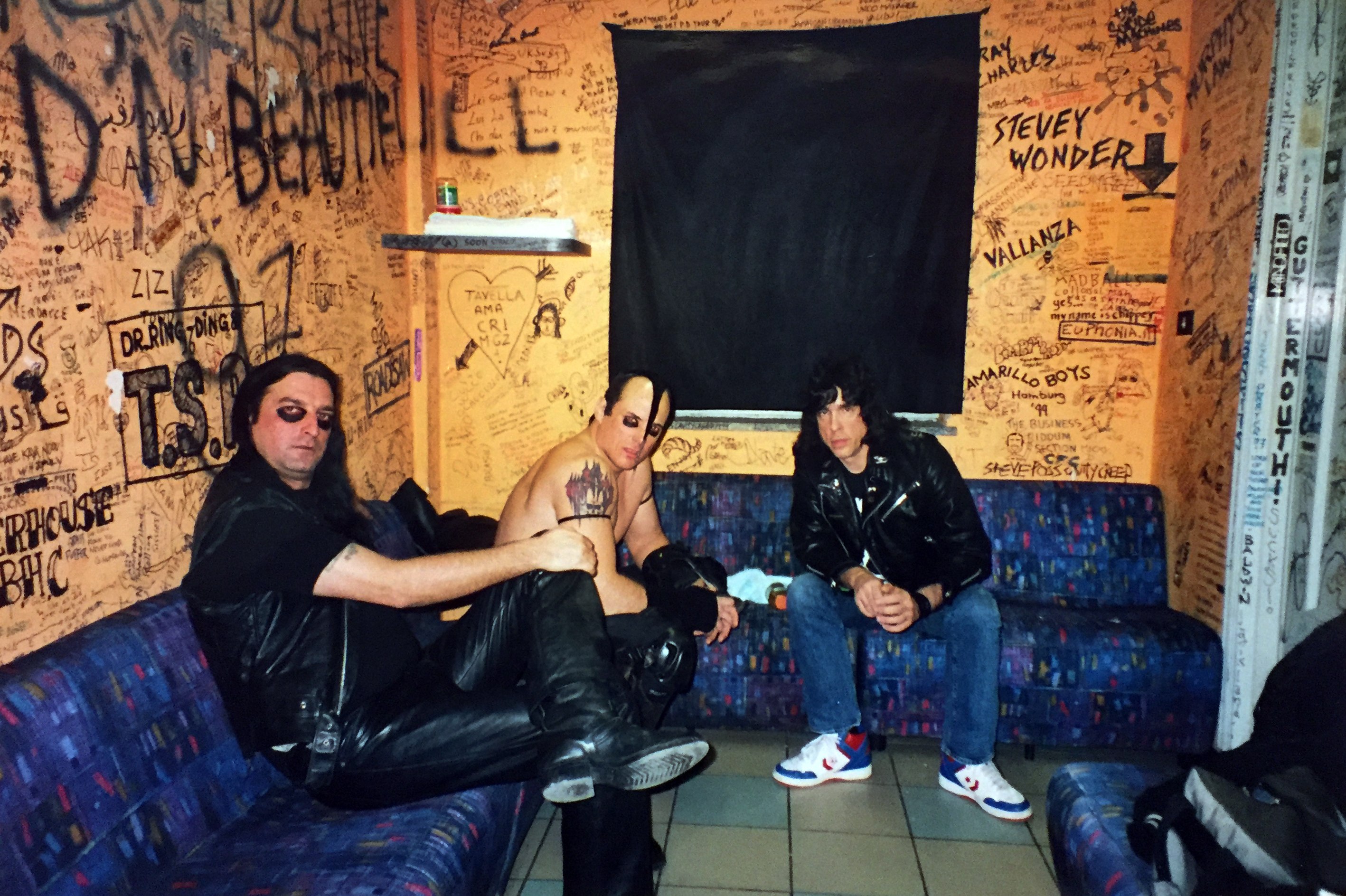Il 14 maggio 1994 i Radiohead, forti del successo del singolo Creep, arrivano a Ponderano, in provincia di Biella, per aprire la programmazione del Babylonia, un club all’interno di un anonimo capannone, lontano dai grandi circuiti della musica dal vivo. Di quello show è rimasto solo un poster che, ciclicamente, compare come post su Facebook. Quell’immagine scatena, in chi ha frequentato il locale, una serie di sensazioni forti. Il “Baby”, come veniva chiamato, è stato di importanza fondamentale per tanti ragazzi di provincia: un luogo dove poter trovare anime affini, dove sentirsi meno isolati rispetto al resto del mondo. Back to Babylonia vuole raccontare, a 18 anni dalla chiusura, l’importanza e la complessità di quell’esperienza allargando l’analisi a un periodo storico, gli anni ’90, che hanno segnato un grosso mutamento generazionale. Ad accompagnarci in questo viaggio le testimonianze dirette di chi ha vissuto quel periodo, mischiando le voci di artisti, tecnici e spettatori.
Da diversi anni nutriamo il bisogno di confrontarci con un pezzo rilevante della nostra vita: il periodo che abbiamo entrambi vissuto, durante l’adolescenza, al Babylonia e che potremmo definire un piccolo architrave della nostra formazione. Un sentire comune che condividiamo con decine di persone a noi vicine e che, come noi, conservano un ricordo vivo e profondo sia di quel periodo (1994-2005) che del locale. Questo ci ha spinto a voler affrontare una sfida complessa ma affascinante: provare a raccontare una storia di formazione collettiva partendo da un luogo che non esiste più, provando a farlo rivivere attraverso le voci di chi l’ha vissuto e i materiali d’archivio strappati all’usura del tempo. Tutto questo mossi da un’idea propositiva e costruttiva, lontana da un esercizio nostalgico: vogliamo esplorare, attraverso la lente del ricordo di ciò che ruotava attorno al Babylonia, le potenzialità, le speranze e i sogni di una generazione.
